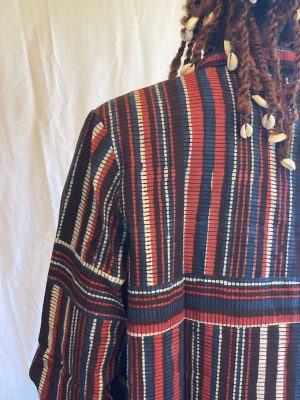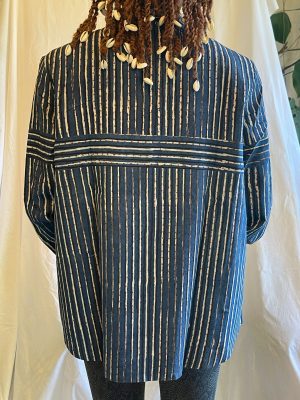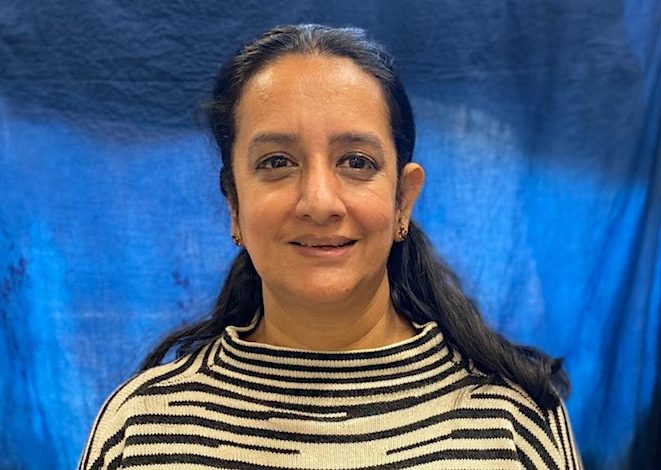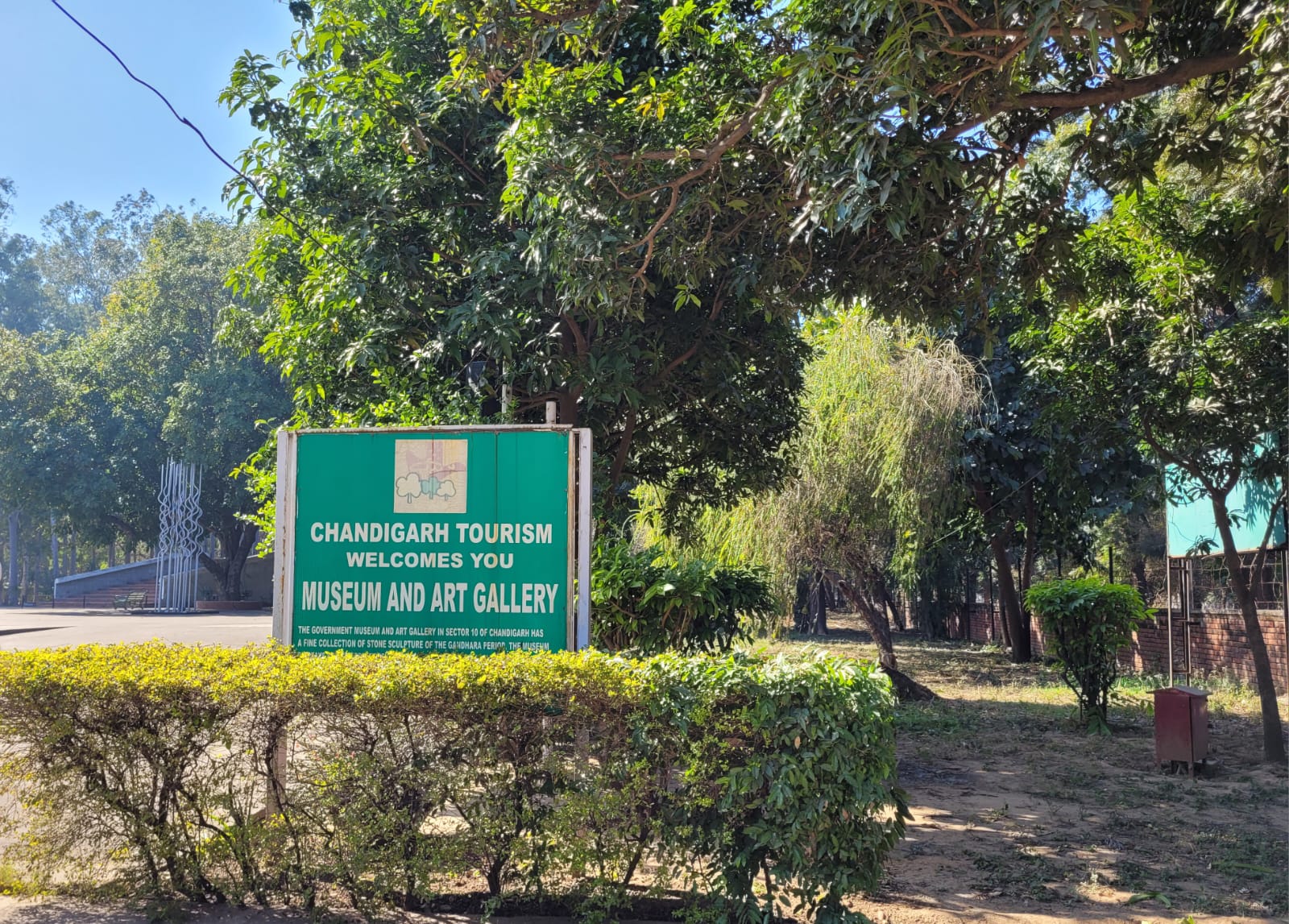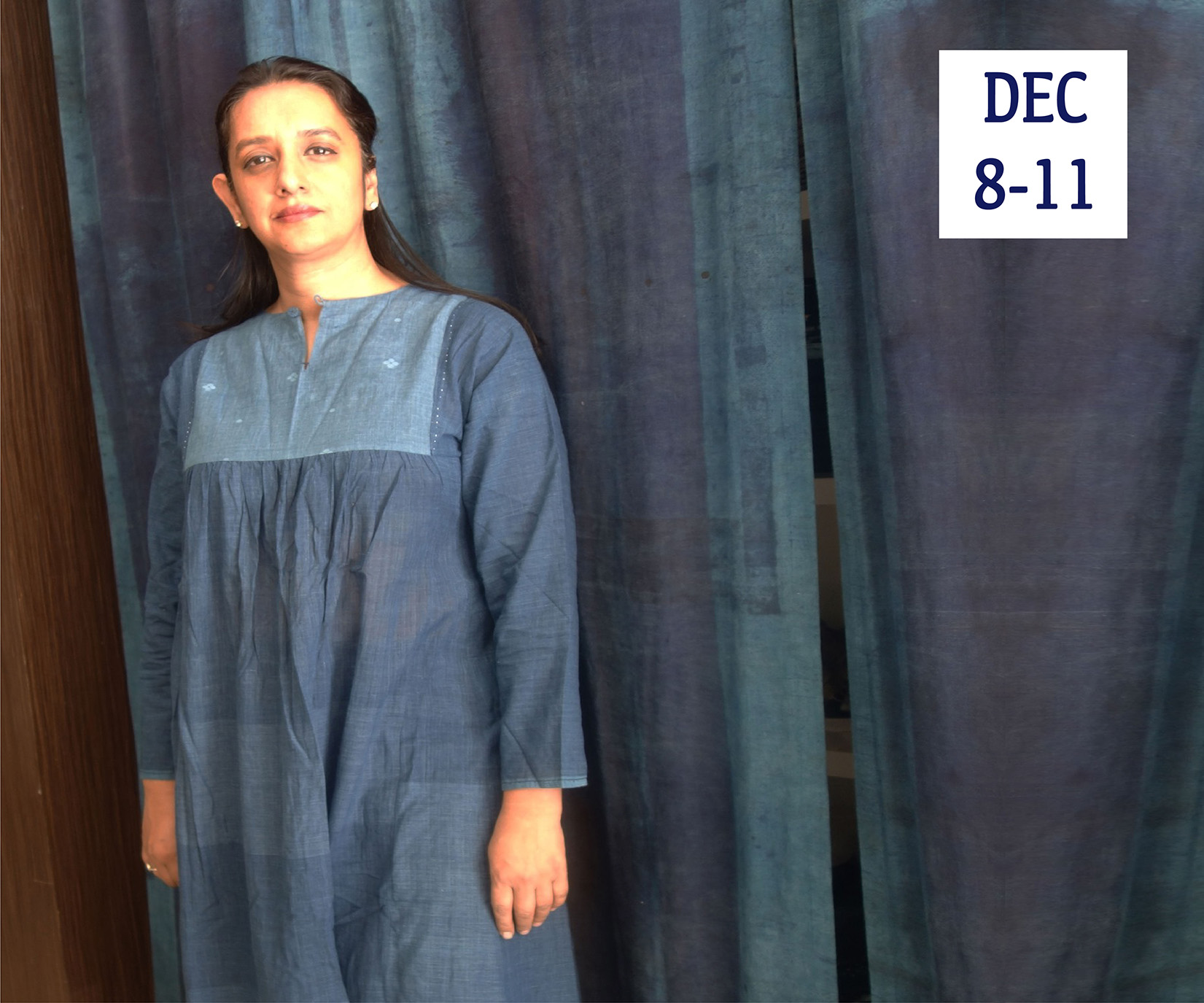ARTISAN-DESIGNER COLLABORATIONS IN INDIA’S TEXTILE REVIVAL BOOM:
Three contemporary saris from The Fabric of India Exhibition at the Victoria and Albert Museum in London
By Preeti Mehta (@preetimehta)
Much has been written about the revival of traditional techniquesin Indian textile creation – from their adaptation to please a modern Indian aesthetic to their embellishment for the international market. Indeed, there is a hub of such activity in India, especially in the cities where top designers display garments inspired by traditional techniques, updated for a modern and urban clientele. But in the vast handmade textile ecosystem where designers from prominent fashion houses garner most of the attention, the role of the artisan takes a back seat. In the handmade sector, intricate designs woven into or embroidered on the finest silks and cottons, tell the story and history of India itself, with the artisan at the core. Without the artisan, the designers would be just that, designers – not the creators of magnificent works of art in a cornucopia of colors and textures.
That is why three contemporary saris displayed at the stunning “The Fabric of India” exhibition last fall caught my attention. They are the products of unique partnerships between the designers and the artisans that created them. The utter brilliance of the pieces themselves, inspired by the age-old techniques of sujani embroidery, resist-dyeing, and ikat weaving is clear. But it is the artisan-designer collaborations that set them apart for me. The artisans were featured prominently in the exhibits and it was their work that was on display along with the designers’. Here are the saris:
1. The Pebble Stream sari designed by Swati Kalsi, (www.swatikalsi.com) (on a silk so creamy I could eat it), is exquisitely and intricately embroidered using the sujani stitch by Guriya Kumari, Rani Kumari, Anisa Kumari and Khushboo Kumari – four talented artisans from Bihar.
Photo from Victoria and Albert Museum in London
2. Aziz and Suleman Khatri, two brilliant aristans from Bhadli, Kutch designed and made the Moon Sari, in collaboration with the creative designers from the NorBlack Norwhite, (norblacknorwhite.com). The silk sari is created using a clamp resist-dyeing process and as its name suggests, conjures up soft and lovely images of the moon, a design different from most resist-dyed fabrics created in India.
3. A unique take on the ikat weaving technique, using playfully woven blocks instead of the typical chevron design seen in ikat weaves, was designed by Hitesh Rawat and Avinash Kumar and magnificently hand-woven in a rich and vibrant silk by Jella Sudhakar in Guttapal, Pochampally, Telengana.
These saris are superb examples of innovation and creativity in the current revival boom. The fact that artisans have a central role in this movement is important. As this article in the Hindu describes, India’s artisans rely on their craft for a living and to sustain future generations of artisans. Artisan-designer collaborations such as those described here will ensure that artisans and their crafts continue to thrive and preserve India’s heritage both in India and abroad.
Photo from the Victoria and Albert Museum Fabric of India Exhibition
The Pebble Stream and Ikat saris described above were originally created for Jiyo!, a non-profit organization in India.




